The 1950s loom large in the imagination of MAGA leaders and followers; that decade is the when of America’s past greatness. Steve Bannon praises the “1950s values” of “decent folks” and laments the legacy that the baby boomers threw away in the successive decade. J.D. Vance’s attacks on childless people and on two-earner families hearken back to an idealized 1950s Ozzie and Harriet culture. Trumpist visions of industrial revival would have Americans do factory work for, as Commerce Secretary Howard Lutnick put it, “the rest of your life, and your kids work here, and your grandkids work here”—a formula right out of 1950s Detroit. Granted, Trump has also nodded to the 1890s with its “beautiful” tariffs, but he probably isn’t nostalgic for that era’s mounds of horse droppings on Fifth Avenue. No, it’s the 1950s, when Trump was in his childhood, when “it was a nice time in the country” and President Dwight D. Eisenhower “had a certain, you know, demeanor … a quality, class act.”
Trump’s followers notably admire the past.* In 2016, Pew highlighted key attitudes that separate Trump and Clinton supporters, none more stark than this: When asked whether “life for people like you today is worse than it was 50 years ago,” 19 percent of Clinton supporters said yes, compared to 81 percent of Trump supporters. Per my own analysis of the 2022 Cooperative Election Study, a very large national survey conducted around elections (data courtesy of Spencer Goidel), white survey respondents who said that the American way of life was much better in the 1950s were much likelier to have been Trump voters than to have been either Biden voters or nonvoters. That particular lament distinguished Trump folks from other Americans much more sharply than did age, sex, and education—among Republicans and non-Republicans alike. More recently, in 2023, the American Enterprise Institute compiled dozens of survey questions conducted over 80-plus years asking Americans whether things were, at the time of the interview, better or worse than they had been in the past. Americans generally said that the past was better, certainly better in the nation’s values, morals, and “ways of life.” And it was the 1950s above all eras that respondents viewed as the best of times. But Republicans, the other studies show, love the ’50s the most.
To be sure, Democrats can fondly reminisce, too, for example, about the New Deal—but they do not yearn for an entire past way of life. Yearning for the 1950s of Tennessee Ernie Ford, Father Knows Best, packed station wagons, suburban ranch houses, and the pencil skirt fuels MAGA.
The 1950s obsession is in some ways understandable as the nostalgia of old, white men looking back at their childhoods. But as the studies above suggest, it is not only these men who are taken by the decade, and the attraction is not simply nostalgia. The decade stands out in Americans’ memories, notably Republicans’ memories, because it was in several ways special.
An obvious way is that the ’50s had the baby boom. The national birth rate in 1955 was 37 percent higher than 10 years before and 23 percent higher than it would be 10 years later—and 80 percent higher than in 1975. This bumper crop created a huge bulge of Americans, now aged about 60 to 75, whose outsized numbers have dominated American institutions such as politics, corporations, schools, colleges, and the media for generations.
More babies were only part of the 1950s family package. A higher proportion of Americans married in the 1950s than before or since, and Americans married younger than before or since (half of brides in the ’50s were under 20). Middle-class mothers generally did not work. Although married women’s employment had been slowly rising, in the 1950s still fewer than 1 in 5 mothers of young children worked, but by 2000 it was over 3 in 5. The male “breadwinner” model—the husband works, the wife doesn’t—was never more typical than in the middle of the 20th century. Crucially, this marry-early, parent-early, parent-often, housewifery way of life was shared by an unusually high proportion of Americans.
American families also got wealthier through the 1950s and ’60s, faster than they did in any other 20th-century time of peace. GDP growth was at about 5 percent per year (versus 3 percent or less since). Income for middle class Americans boomed during this period, followed by much slower growth after 1970.
The 1950s glow was especially great for those who would become the MAGA core—older, white Christian men. Cultural diversity was at a centuries-long low. European immigration, which had stirred harsh, often violent reactions since the late 19th century, was severely restricted by ascendant nativist politics in the 1920s. Latin American and Asian immigration did not accelerate until the 1970s. Thus, in 1960 only 5 percent of people in the U.S. were foreign-born, one-third the rate of 1910 and about one-third the foreign-born rate today. Black people were about 10 percent of the U.S. population in the ’50s, but made up less than 7 percent of the population outside the South, roughly half the black presence in the same region today. About 70 percent of Americans in the ’50s identified as Protestant and virtually zero identified as a “none”; today, only 40 percent of Americans call themselves Protestants and about 25 percent claim no religion at all. And there was less gender controversy—only two were popularly accepted, each well-defined with its own understood roles and responsibilities.
Orderliness accompanied 1950s homogeneity. American crime rates declined to what was then an historic low. Americans in the 1950s were also unusually united politically; the red-blue rift widened dramatically a generation later. The Civil Rights Movement had begun in the 1950s, but it was largely a southern story and in the South blacks were still kept in “their place” by Jim Crow practices. The ’50s also earned a reputation, much harder to measure, for conformity and quiescence, with sobriquets like “the Silent Generation” and The Organization Man.
It’s no wonder, then, that the 1950s would be remembered by white men of a certain age—or imagined by some younger Americans with conservative tastes—as more comfortable, simpler, “nicer.” Importantly, the 1950s appears in the wider imagination as the last era of normalcy before the social and cultural ruptures of the 1960s. Thus, rosy visions of a world we have lost would have Americans of several generations join in singing with Archie Bunker: “Guys like me we had it made …. / Those were the days / And you knew who you were then / Girls were girls, and men were men …./ I don't know just what went wrong / those were the days.”
Could it be those days again? Many on the Trump team, such as the Project 2025 group, would re-create these times—“policymakers [should] elevate family authority, formation, and cohesion as their top priority and even use government power” to do so, per the Project—by incentivizing larger families, more women staying home, men working industrial jobs, many fewer immigrants, a restored racial hierarchy, and a deeply religious climate—the whole package. How possible is such cultural change, at least via top-down means? As I argued in an earlier Dispatch article, not very.
Foundational to the 1950s was a unique economic boom that fueled new homes, new churches, new consumer goods, and much more. The boom happened largely thanks to America’s competitors being devastated by World War II—but by the end of the century, the U.S.’s share of world production had dropped under half of its 1950s share. Reestablishing such global economic dominance is highly unlikely, even if only because there’s China now. Similarly unlikely in the era of AI is bringing manufacturing jobs back to 30 percent as it was in the 1950s (it’s now under 10 percent).
Despite Republican natalist proposals, it is also doubtful that the birth rate will surge again. For centuries, birth rates in the Western world, including the U.S., have declined steadily. The postwar baby boom, here and elsewhere, interrupted that procession, but the boom came and went and the downward trend resumed, despite sometimes strenuous efforts by governments to stop it. Also doubtful is whether the many cultural “liberations” and empowerments of the last three generations—for women, youth, black people, gay people, unbelievers, disabled people, etc.—can be rolled back. To be sure, the leftward shift on these issues may have slowed, for example, in religion, but the many genies who bedevil Trump’s base are unlikely to be pushed back into the bottle. For example, about half of women with children at home say they nonetheless prefer to work than to care for children full-time.
Persuading even Americans who hold more traditional values to return to the 1950s also seems unlikely. Lives were shorter then by about a decade; standards of living were notably lower—for example, new homes even in the suburban boom of the 1950s were less than half the size of today’s new homes; jobs were less desirable—farming, mining, and factory assembly lines, for example. Trumpist intellectuals may decry American materialism—“30 dolls,” decried Trump himself—but better voices have been decrying it for centuries.
Of course, the hard question may not be whether we can have the 1950s again, but whether we should want to have that era in the first place.
Americans who prefer and can afford the 1950s way of life are free to choose it. The MAGA program, however, is not only to encourage the 1950s way of life, say, with greater child tax breaks, but also to press it onto others, say, by injecting Christianity more forcefully into the public square and by stifling various institutions’ efforts to serve those outside the 1950s model, such as gay people and immigrants. The 1950s was a much more uniform era than were those before or since. Some may find that homogeneity comforting—others, worrisome.
The unleashing of innovation, creativity, and diversity that came after the 1950s, particularly as hierarchies weakened, certainly had troublesome elements. But it also brought more social and cultural opportunities to more Americans as well as a taste of cosmopolitanism—from a life of daily macaroni and cheese to a life of occasional Japanese-Peruvian fusion—that many, perhaps most, Americans today value. Trying to dismantle those achievements from the top down seems like a recipe for failure.
Clarification, June 29, 2025: This sentence has been updated to more accurately reflect the 2016 Pew data.
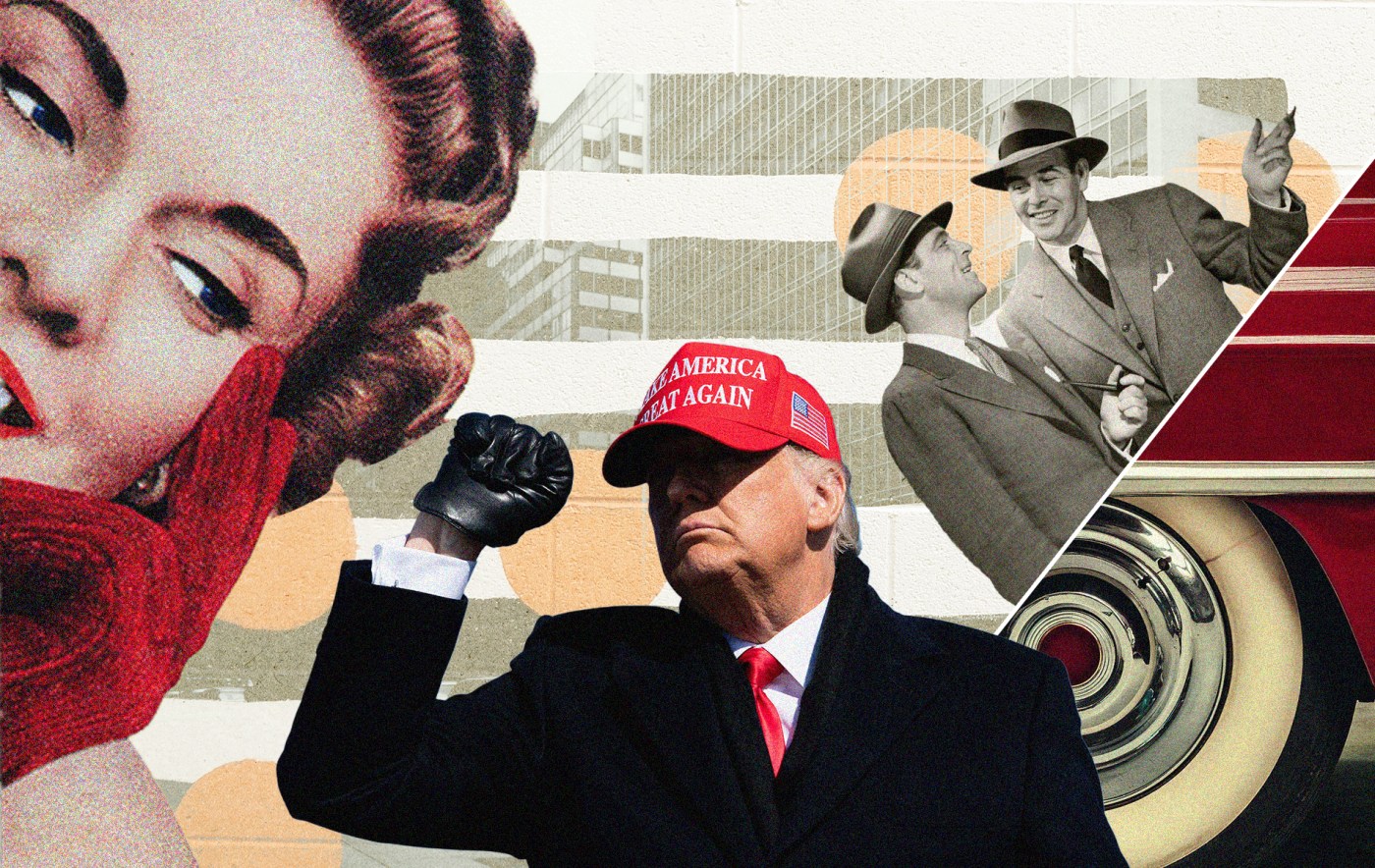
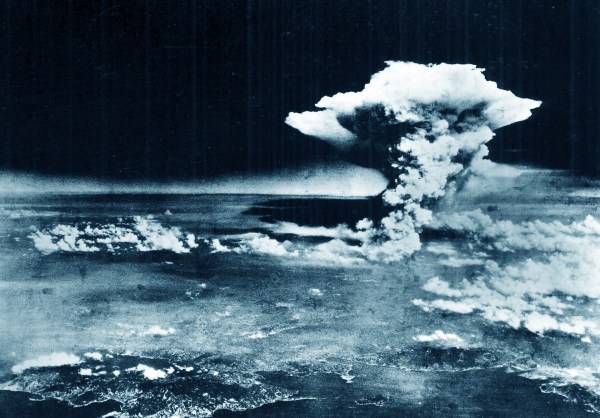
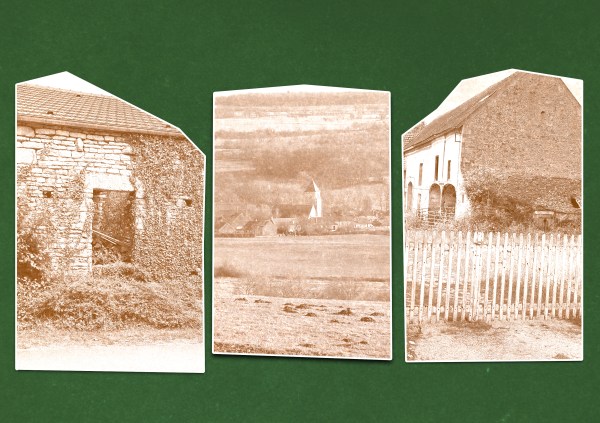
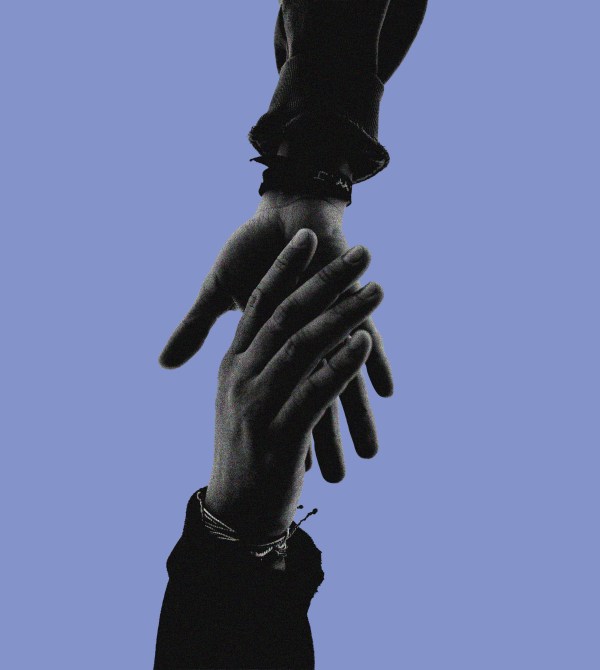

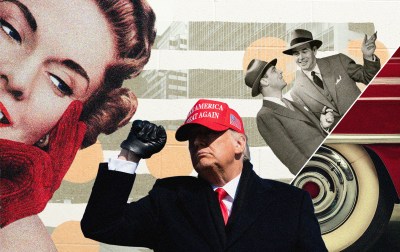
Please note that we at The Dispatch hold ourselves, our work, and our commenters to a higher standard than other places on the internet. We welcome comments that foster genuine debate or discussion—including comments critical of us or our work—but responses that include ad hominem attacks on fellow Dispatch members or are intended to stoke fear and anger may be moderated.
With your membership, you only have the ability to comment on The Morning Dispatch articles. Consider upgrading to join the conversation everywhere.